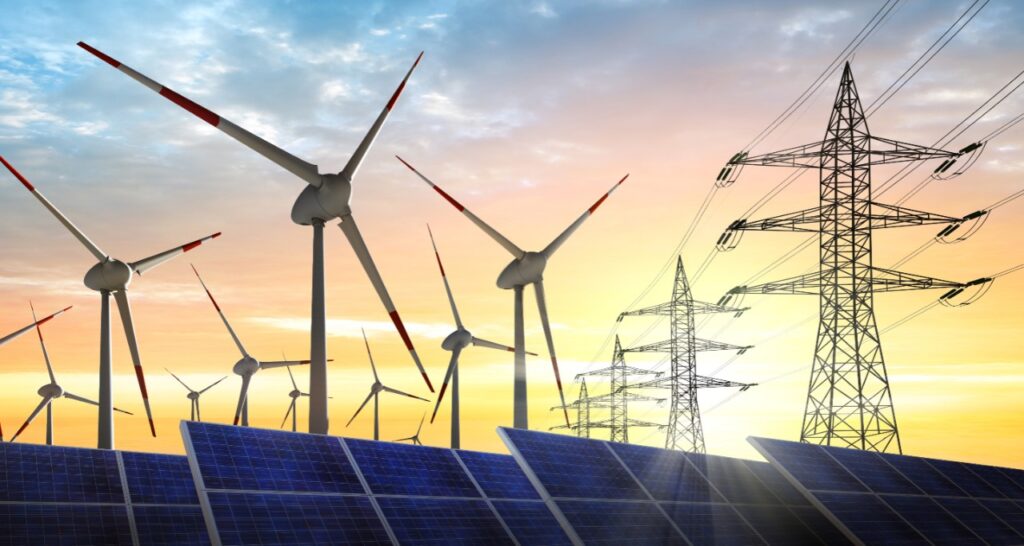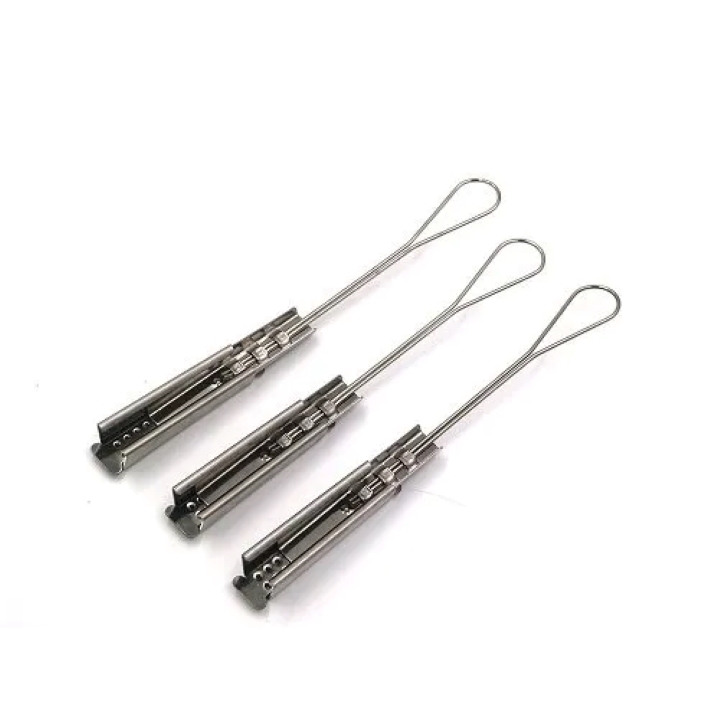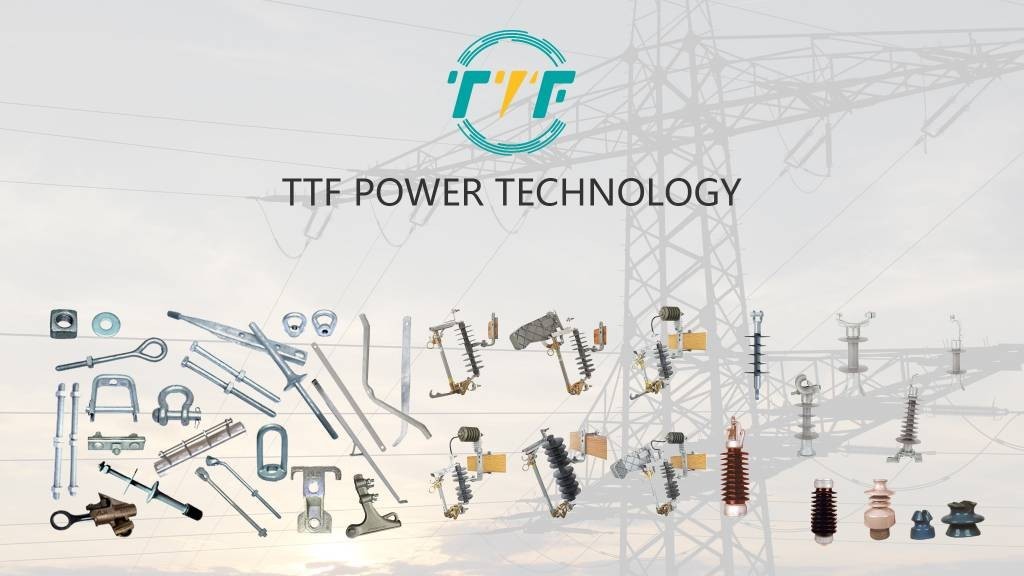
Argentina possesses one of the highest potentials for wind and solar energy globally, but renewable sources contribute approximately 15% to electricity production. This primarily arises from the inconsistent characteristics of wind and solar energy. There is heightened competition from fossil fuels such as oil, natural gas, and coal, which make up 65% of the energy mix. Argentina aims to achieve 20% renewable energy by 2025 through the RenovAr initiative. The presence of supportive government policies, investments, and natural resources may enhance the production of renewable energy in the nation. The transition to cleaner energy solutions improves energy security, decreases dependence on fossil fuels, and supports economic growth. Renewable energy enhances grid stability by fostering the advancement of energy storage solutions. Employing drop wire clamps facilitates the integration of renewable energy into the main grid for increased reliability and stability.
High-performing drop wire clamps ensure safe, reliable, and efficient electrical connections. Drop wire clamps anchor service cables from solar panels to utility poles. They help prevent sagging and wind-induced damage in overhead connections. With increased renewable adoption, drop wire clamps connect renewable sources to storage systems. They also maintain tension in mixed overhead-underground transition points. Drop wire clamps replace aging connections with corrosion-resistant designs. This makes them key components in expanding renewable energy capacity in Argentina.
The role of drop wire clamps in Argentina’s renewable energy expansion
A drop wire clamp is a small device used to secure and anchor low-voltage drop wires. They support the lines that connect overhead distribution cables to ground-level infrastructure. Drop wire clamps hold wires under mechanical tension, prevent slippage, and enable safe and secure electrical connections. Drop wire clamps enable reliable power distribution from solar and wind farms to rural communities. They improve safety, downtime, and speed up installations. This is crucial for expanding renewable energy capacity in Argentina. Discussed below are the roles of guy wires in expanding renewable energy capacity in Argentina.

- Rural Electrification & Microgrids—drop wire clamps help connect end-users to the grid. They maintain wire alignment in low-voltage lines where poles are spaced over rough terrain.
- Enhanced grid safety – increased reliance on clean energy needs stable and resilient infrastructure. Drop wire clamps withstand high winds, dust, and UV in the region. They also reduce the risk of electrical faults caused by misaligned cables.
- Scalable installation— drop wire clamps are easy to install with minimal tools and are compatible with many wire sizes and configurations. This speeds up the process of expanding local grids in clean energy projects.
- Hybrid energy systems integration – this includes combining solar, wind, and battery storage systems. Drop wire clamps ensure stable energy sources and inverters, battery units, and on-site control systems.
Incorporating renewable energy into Argentina’s primary grid.
Effective integration into the national grid is essential for enhancing the advantages of wind, solar, and various clean energy resources. This is vital as Argentina shifts to renewable energy. The integration guarantees a reliable, effective, and well-linked grid for energy security, economic development, and sustainability. Argentina can capitalize on its renewable capacity by improving infrastructure, adopting smart technologies, and maintaining regulatory consistency. Drop wire clamps assist Argentina in delivering renewable energy to consumption zones. Outlined below is the significance of incorporating renewable energy into Argentina’s primary grid.

- Improving energy security—incorporating wind and solar energy into the national grid lessens dependence on fuel imports. A varied energy mix enhances grid stability and lessens vulnerability to global fuel price changes.
- Backing Argentina’s renewable energy objectives—enhancing grid links enables distant renewable energy centers to supply greater power to the network.
- Enhancing electricity reliability—implementing advanced grid technologies aids in managing variations in power supply. These consist of battery storage, intelligent grids, and demand-response systems. Improved integration guarantees a steady electricity supply to cut the chances of blackouts and voltage fluctuations.
- Increasing transmission infrastructure—enhancing the grid allows for better distribution of renewable energy. Argentina requires high-voltage transmission lines to move renewable energy from generation locations to consumption hubs.
Obstacles to the growth of renewable energy capacity
The transition to renewable energy is essential for sustainability, energy security, and economic development. Nonetheless, the expansion encounters many obstacles that could impede the seamless shift from fossil fuels. These challenges encompass irregularity concerns, significant upfront expenses, limitations of grid infrastructure and energy storage, and uncertain policies. Argentina can tackle these challenges by means of technological advancements, financial support, and robust policies.